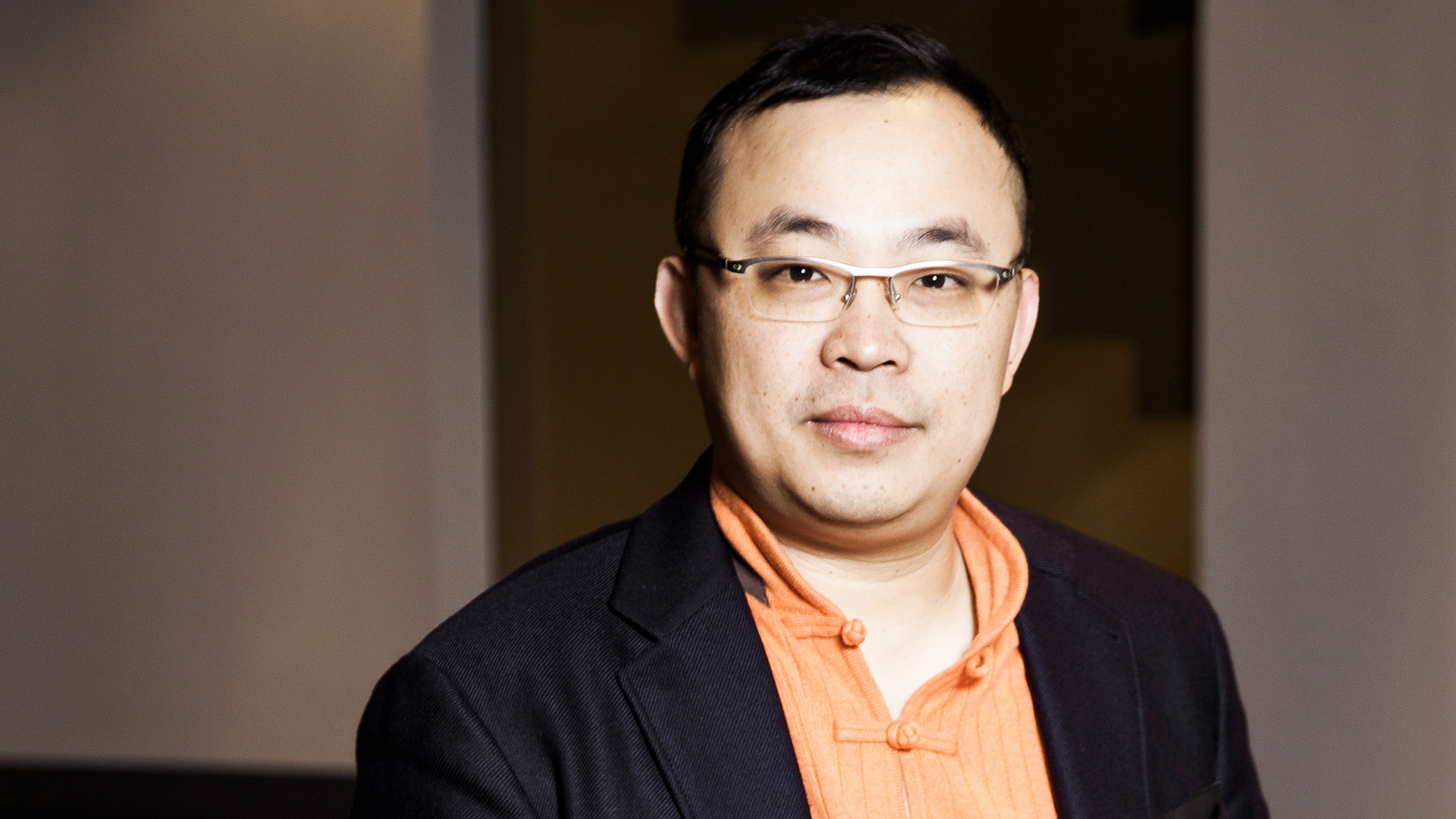Fifteen years ago, the idea of a contemporary art museum in Shanghai’s Pudong Zhangjiang district would have been absurd. The area, a sterile industrial landscape east of the Huangpu River, was a long 45 minute commute from the center of China’s most culturally dynamic city. But spurred on by government initiatives, as well as the arrival of Shanghai Disneyland on its doorstep in 2016, Pudong Zhangjiang began to change.
Enter Zheng Hao, a real estate mogul with a passion for art. Zheng had a vision, and the means, to build a new type of museum, and chose emerging Pudong Zhangjiang as its home. The HOW Art Museum Shanghai opened in late 2017 and has since become one of the city’s leading cultural attractions. And it’s easy to see why. The sleek three-story art museum is bookended by two tall glass towers, containing a luxury hotel, an educational center, artist studios, a café, and a well-curated shop that takes its cue from the MoMA Design Store in New York City. “HOW is a place in which art and space interact quite naturally,” says Zheng. “It’s about developing a lifestyle and hosting exhibitions that connect to young people.”
Shanghai already stands at the heart of China’s art scene, with the number of exhibitions aimed at the city’s young exploding in recent years. Interactive, immersive, and photogenic are the buzz words on Damai, China’s popular event listing app, — recently trending exhibitions include “Room for Tea” and “Garbage Venting House.” These interactive art exhibits have become popular as backdrops for taking selfies, which in turn, also help to promote the exhibit. HOW, however, offers a different cultural experience than simply a stop for Shanghai’s urban cool to document, nor is it just another commercial art area like M50 and K11 — places that gained traction with the city’s increasingly cosmopolitan youth in the early 2000s. Rather, Zheng’s HOW is capitalizing on a shortage of spaces staging serious, international contemporary art.
International outlook
HOW’s global approach has been a smart way for it to carve a niche for itself in Shanghai’s bustling art scene. Its inaugural show, “Manifesto,” was a multi-channel film installation by the German artist Julian Rosefeldt featuring the actress Cate Blanchett. Since then, it’s continued to host major names on the international art scene such as Nam June Paik and Leandro Erlich. HOW currently features two prestigious shows, which both close in November.
One is “Perpetual Present” by the contemporary American artist Daniel Arsham, whose playful works of architectural distortion have won him a cult celebrity following, and the other is Joseph Beuys, the enigmatic artist who stands as a megalith of 20th century art. Both shows have been wildly popular. Joseph Beuys drew more than 220,000 visitors and Arsham’s collectable products, which range from ordinary print t-shirts to a set of so-called “Architecture Tools,” generated more than $280,000 on the first day of the exhibition.
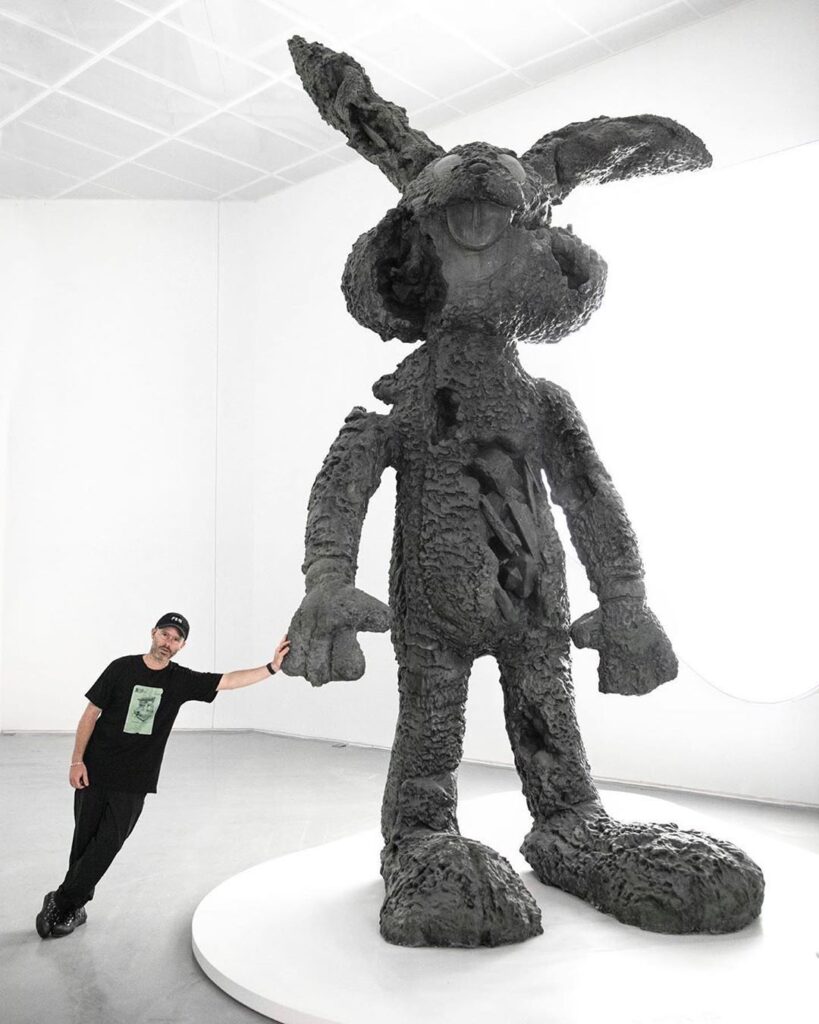
‘Bunny’ weighs around 4,000 lbs and took the New York-based artist nearly two years to make. Image: HOW ART MUSEUM
The Daniel Arsham show is indicative of HOW’s smart curatorial taste and its understanding of the pop culture moment. Arsham gained mass attention in in Shanghai this summer through his streetwear collaboration with Dior, which helped create a desire to see more of his experiential art works. At HOW, visitors could watch an “archeological dig,” write on the walls of the gallery with cameras and keyboards made of chalk, and browse vitrines filled with the artist’s historical data.
HOW Shanghai was built off the back of Zheng’s first foray into China’s burgeoning demand for art spaces, HOW Wenzhou, which opened in his hometown in 2013. Barring the small inconvenience of having its roof blown off in Typhoon Lekima, the museum has been a stalwart in the East China city and has drawn attention nationally for its more than 20 exhibitions. But displaying conceptually engaging art is only the first step in Zheng’s blueprint for creating a successful arts hub.
In the words of the real estate developer, new museums must be “open, multidimensional, and related to other fields, such as art and design, technology and fashion.” Zheng believes gallery experiences are becoming vital for young Chinese as a means of personal cultivation in the way film and television have over the past three decades.
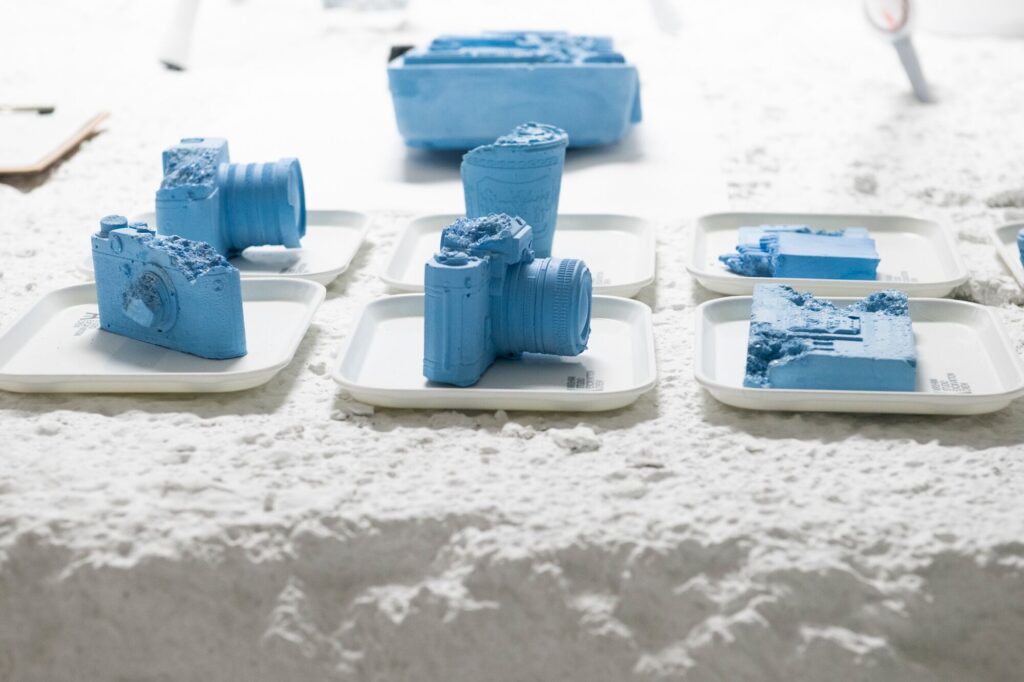
Perpetual Present was Daniel Arsham’s first solo exhibition in China. Image: Daniel Arsham.

HOW’s international vision has been well-received by Shanghai’s young art-savvy crowd since its launch in 2017. Image: HOW ART MUSEUM
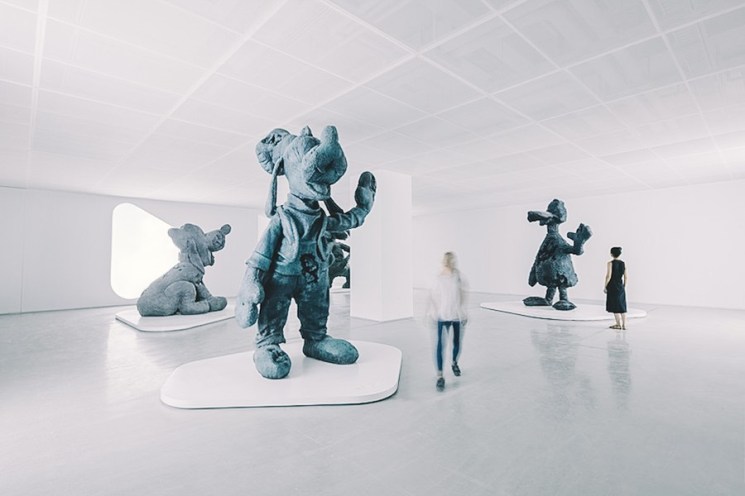
Daniel Arsham has developed his concept of fictional archaeology across a range of practices including sculpture, architecture, drawing, and film. Image: HOW Art Museum
Art-lennials — China’s modern museum visitor
To Zheng’s point, the nature of what a museum stands for in China is indeed changing. In the past, museums were stolid state-run affairs, places visited on government-mandated work or school trips. Today the nation’s more than 5,000 museums cater to an increasingly culturally-engaged demographic, sometimes known as “art-lennials,” one that’s keen to learn, socialize, and consume within the museum. That a brand-new museum located on the outskirts of Shanghai can continue to draw a-list artists and 150,000 annual visitors demonstrates the extent to which it understands the wants of Chinese millennials and Gen Zers, as well as an increasing number of international visitors.
Zheng draws a clear line between his own strategic role and that of his curator, Yun Cheagab, an internationally-renowned figure who commissioned the Korean Pavilion at the Venice Biennale in 2011. Yun is given full control of the museum’s artistic leanings and employs a staff that is young and globally minded — having all, without exception, studied abroad. This is reflected not only in the galleries themselves, but also in the museum’s design shop and on social media. HOW connects with visitors on inevitable Chinese mainstays WeChat and Weibo, as well as hipster favorite Douban, an arts and culture discussion site similar to Reddit, and overseas platforms Facebook and Instagram, an inclusion that reveals the young and internationally-minded clientele HOW attracts.
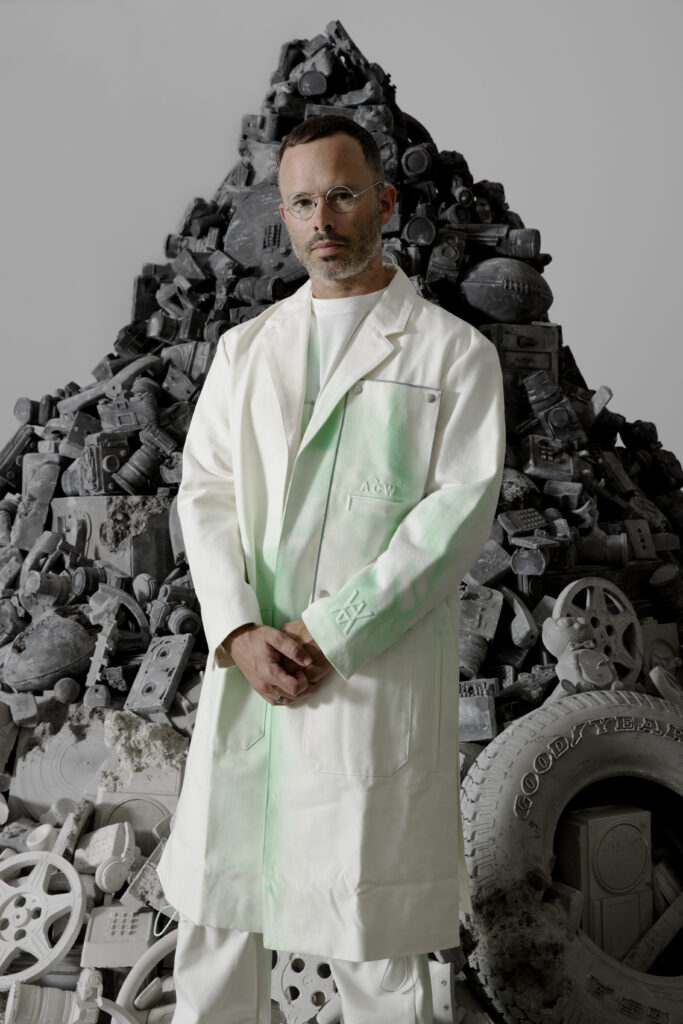
Daniel Arsham’s Perpetual Present asks visitors to question how the future will see the object of today. Image: HOW ART MUSEUM
After hours
HOW also self-identifies as a “Night Art Museum,” and something of a pioneer with hours that stretch till 10 PM six-days a week. The idea is one drawn up to attract young professionals, but it ties into a broader push led by city governments — Shanghai included — to develop the nighttime economy. Shopping malls, cinema complexes, and museums have been encouraged to extend their business hours to boost economic growth. The effort has seen spectacular city-funded lightshows, an expansion of dining options in shopping centers, and movies screened beyond 12 o’clock.
In this context, HOW’s pitch as a stimulating place to explore at night seems all the timelier. You might be pressed to find a trendy eatery or boutique in HOW’s vicinity, but a wander through the museum makes you believe something is building in east Shanghai. It’s evident in the excited clusters of young art-lennials found posing in the shadow of Bunny, Daniel Arsham’s first bronze and largest sculpture to date. It offers a needed sense of community, and one which, in Zheng’s words, he hopes to grow “step by step.”
Additional reporting by Ruonan Zheng

